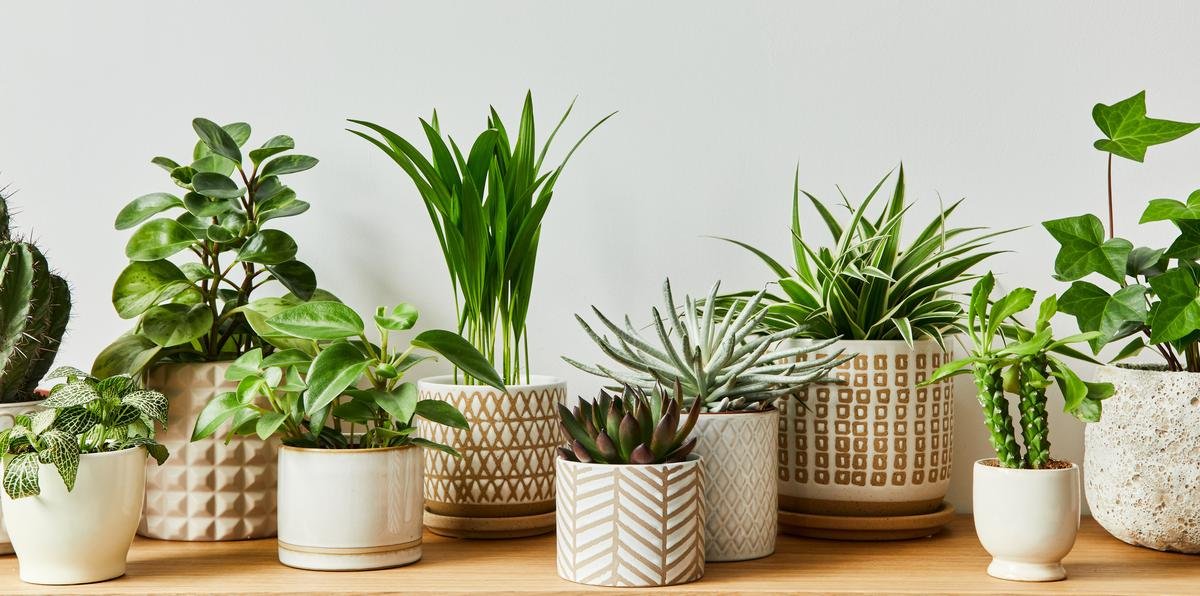The world of Feng Shui isn’t just about moving furniture or adding crystals—it’s about cultivating energy that flows freely through your home and life.
And when it comes to easy, beautiful, and meaningful additions, succulents have become a favorite.
Their grounded energy and natural charm make them perfect companions for anyone looking to enhance balance, abundance, or calm in their surroundings.
In this guide, we’ll explore how succulents and Feng Shui tips come together to create a harmonious space.
Whether you’re a beginner or a longtime succulent lover, you’ll learn how to place, care for, and benefit from these plants to improve your environment and well-being.
Why Succulents Are Popular in Feng Shui
Succulents carry a strong Earth element in Feng Shui, which represents stability, nourishment, and grounding. Their slow, steady growth and water-retaining nature mirror endurance and calm.
This makes them perfect for enhancing areas of your home where you want to cultivate peace or long-term growth—like finances, relationships, or career stability.
They’re also incredibly adaptable. Succulents thrive with minimal care, which fits perfectly with Feng Shui’s focus on effortless, balanced living. Plus, their wide variety of shapes and colors allows for personalization based on your home’s energy needs.
A green jade plant by the door might encourage wealth, while a soft pink echeveria could boost love and warmth in a relationship zone.
8 Succulents That Are Good for Feng Shui
Below are eight popular succulents known not only for their aesthetic value but also their energetic benefits. These are among the best succulents for positive energy in Feng Shui practices.
1. Jade Plant – The Symbol of Prosperity
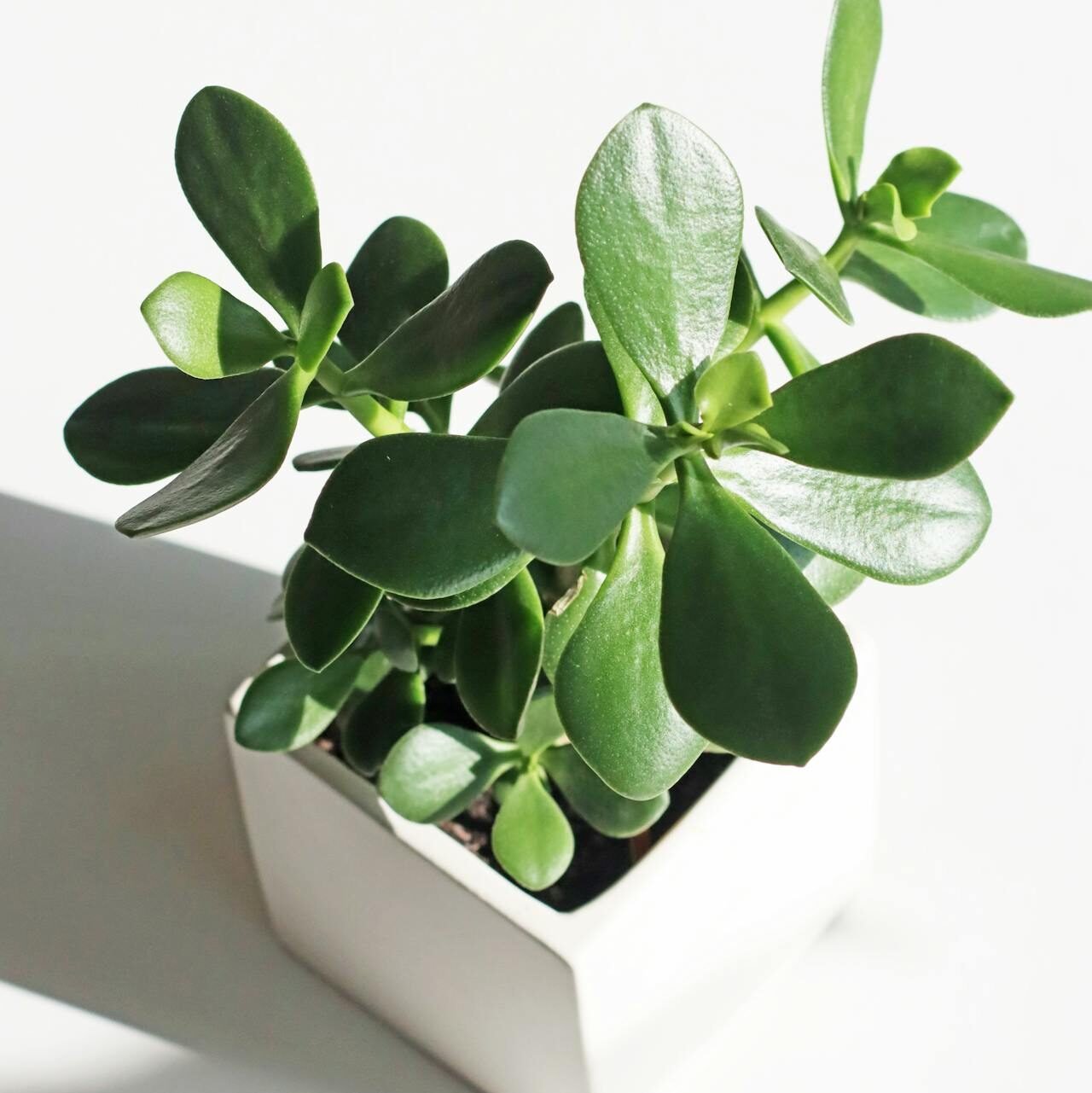
One of the most iconic Feng Shui succulents, the Jade Plant (Crassula ovata) is often called the “money plant” due to its association with wealth and abundance. Its round, coin-shaped leaves are believed to attract financial luck when placed near entrances or in the southeast (wealth) corner of a home or office.
Care Tip: Needs bright light and minimal water. Avoid overwatering to keep its energy “clean.”
2. Aloe Vera – The Healer with Protective Energy
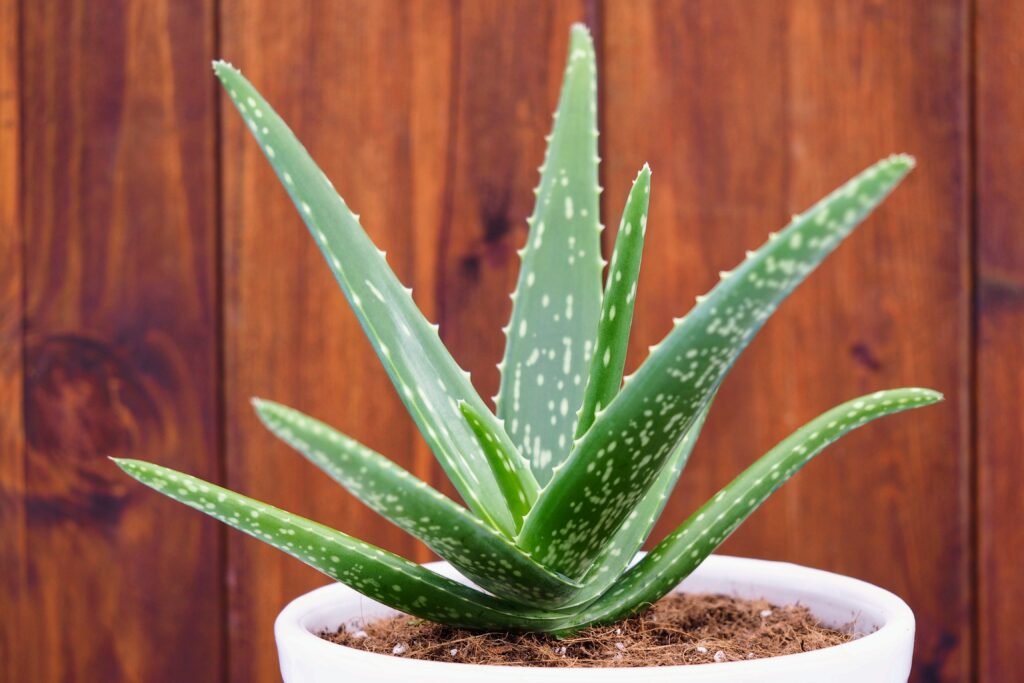
Aloe Vera does more than soothe sunburns. In Feng Shui, it’s known for absorbing negative energy and purifying spaces.
Its pointed, yet soft-edged leaves offer protective energy—perfect for kitchens, bathrooms, or entryways where cleansing is needed.
Care Tip: Let the soil dry out between waterings, and give it bright but indirect sunlight.
3. Snake Plant – A Shield Against Negativity
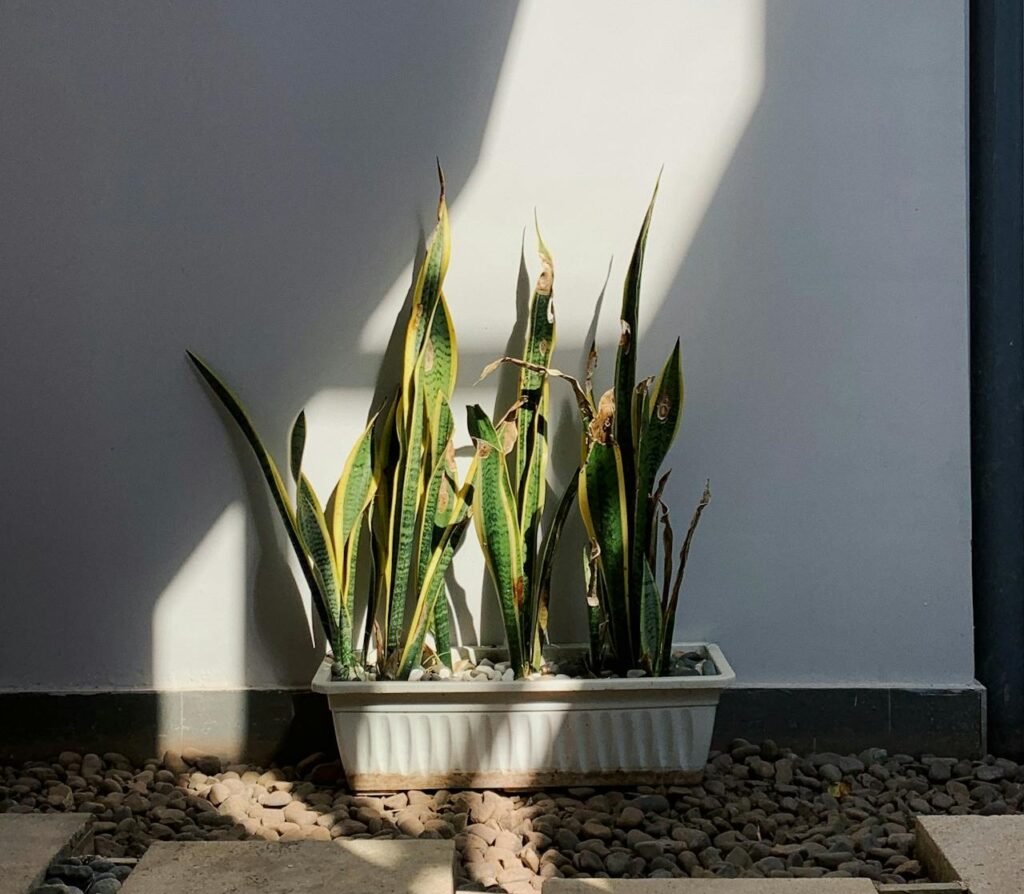
Often debated in traditional Feng Shui, the snake plant (Sansevieria) is now widely used in modern Feng Shui due to its strong ability to purify the air and shield a space from negative energy.
Its upright growth also supports mental clarity and focus.
Care Tip: Great for low-light corners, it thrives on neglect and needs minimal water.
4. Haworthia – A Quiet Balancer
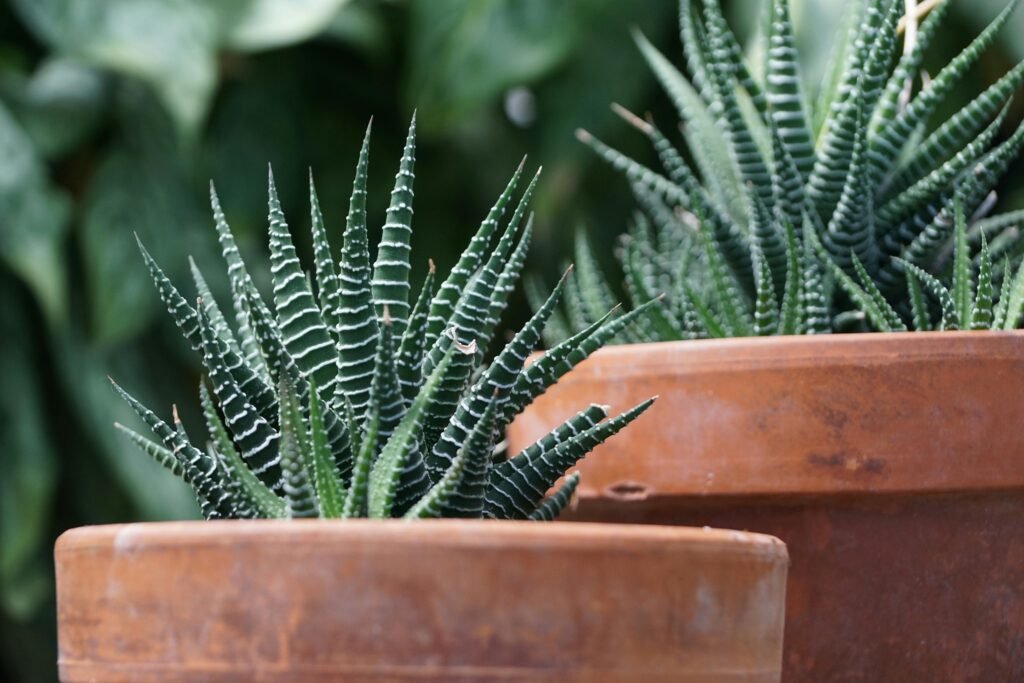
This petite, slow-growing succulent is ideal for small spaces, desks, or window sills.
Haworthia’s striped leaves radiate gentle, calming vibes that stabilize chaotic energy, making it a great plant for bedrooms or meditation corners.
Care Tip: Needs filtered light and dry conditions. Rotate regularly to maintain even growth.
5. Lucky Bamboo – Technically Not a Succulent, But Highly Relevant
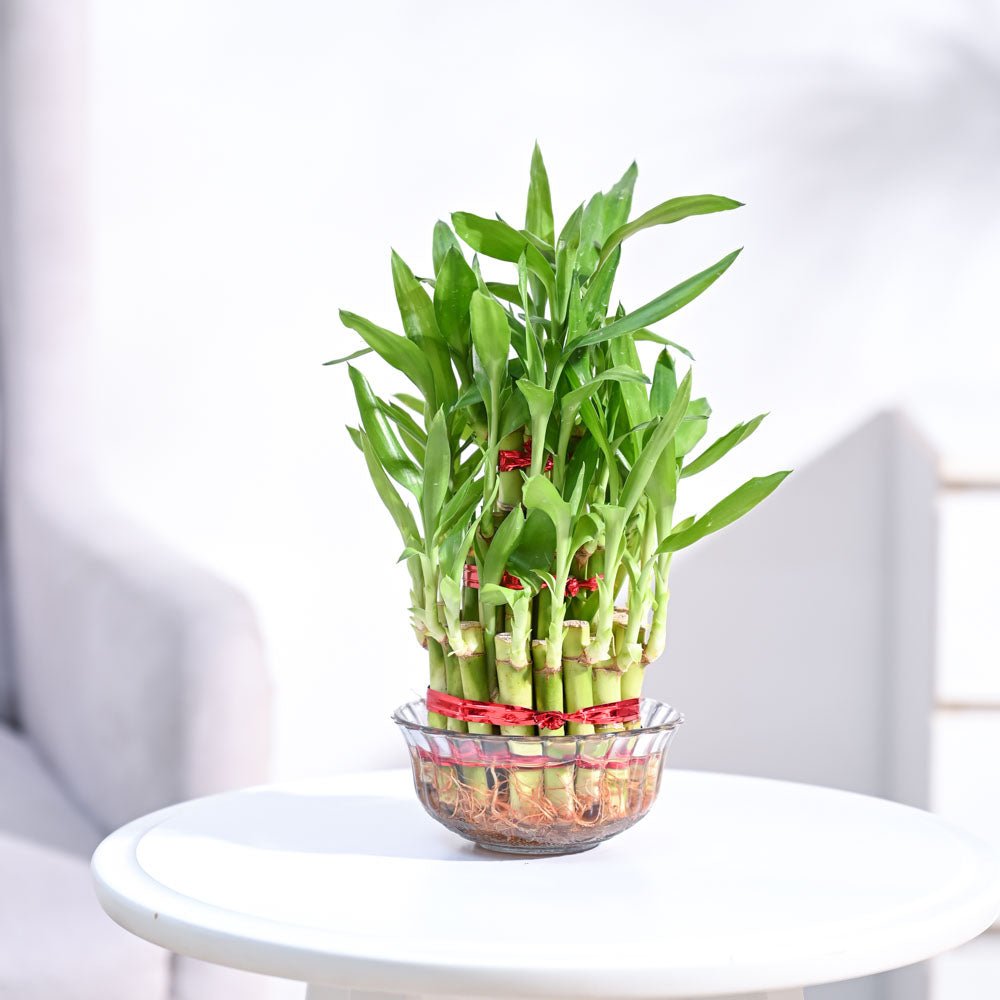
Though not a succulent, Lucky Bamboo is too connected to Feng Shui to ignore. Often found growing in water-filled vases, it symbolizes growth and flexibility.
Many people combine it with succulents to create harmonious indoor displays.
Care Tip: Keep in clean water with pebbles. Change water weekly for strong energy.
6. Echeveria – Beauty and Harmony
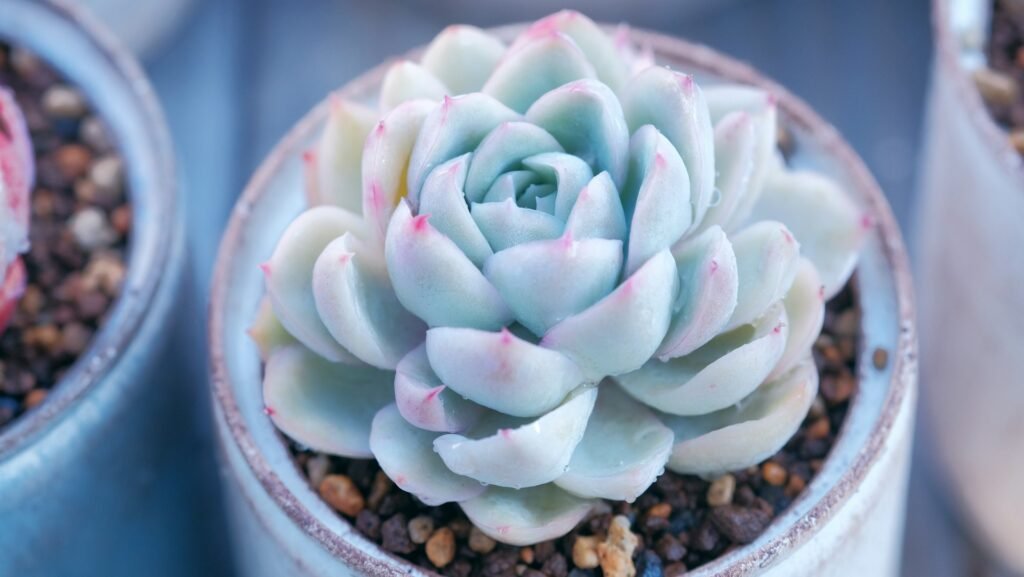
Echeverias are rosette-shaped succulents that radiate balance and visual symmetry. In Feng Shui, symmetry symbolizes harmony and centeredness.
A well-kept echeveria in the relationship or creativity area of your home can enhance emotional balance and peace.
Care Tip: Needs good light and careful watering. Remove dead leaves to prevent stagnant chi.
7. Panda Plant – Soft, Calming Presence
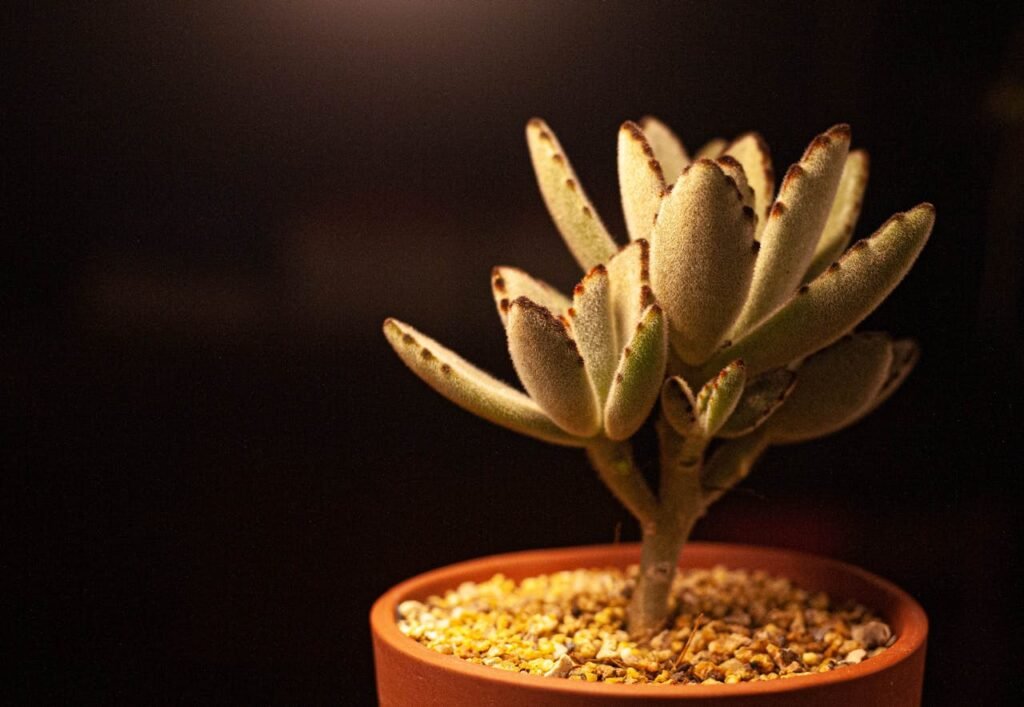
With fuzzy leaves and gentle energy, the Panda Plant (Kalanchoe tomentosa) is a charming addition to any space.
Its softness adds yin energy to overly yang spaces—ideal for calming a harsh work desk or tech-heavy room.
Care Tip: Requires bright light and occasional watering. Don’t let it sit in soggy soil.
8. ZZ Plant – Tough and Wealth-Attracting
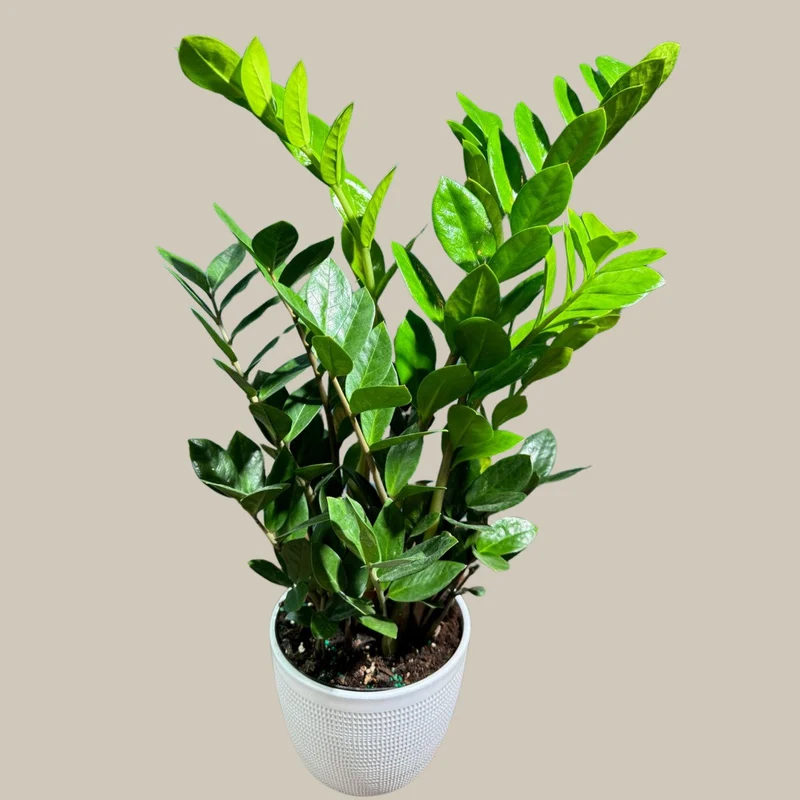
The ZZ Plant (Zamioculcas zamiifolia) isn’t technically a succulent, but its thick water-storing leaves and low-maintenance habits earn it a spot here.
In Feng Shui, it’s valued for attracting stable income and being nearly indestructible—great for neglected wealth corners.
Care Tip: Perfect for low-light rooms. Water when completely dry.
Feng Shui Bagua Map and Succulent Placement
Understanding the Bagua map is key to placing your succulents in the most effective Feng Shui areas.
The Bagua divides a space into nine zones, each representing a life area: wealth, fame, relationships, family, health, creativity, knowledge, career, and helpful people.
To activate each zone:
- Wealth: Place jade or ZZ plant in the southeast corner.
- Health: Use Haworthia or Aloe Vera in the center.
- Relationships: Pair Echeverias or Panda Plants in the southwest.
- Career: Snake Plant or ZZ Plant in the north.
Align your home’s floor plan with the Bagua to find these areas and select the matching succulent for intentional energy alignment.
Succulent Colors and Their Feng Shui Meaning
Colors matter in Feng Shui, and succulents come in a surprisingly wide palette. Here’s how to use their hues:
- Green: Renewal, health, and prosperity – best for wealth or family zones.
- Red/Pink: Passion and energy – good for relationships or fame areas.
- Purple: Spiritual depth and transformation – great for meditation corners.
- White or gray: Clean, calming energy – good for helpful people or creativity zones.
Even pots and top dressings (like gravel or crystals) can be chosen with these colors in mind to amplify intention and energy.
How to Place Succulents for Maximum Feng Shui Impact
Best Areas to Place Succulents
In Feng Shui, intentional placement is everything. Here are the most recommended spots to put succulents in your home or workspace:
Near Entrances
Placing a jade plant or snake plant near your front door welcomes prosperity and protects your home from negative energy. It creates a “guarding” effect while encouraging a fresh start each time you enter.
Living Rooms
Living rooms benefit from grounding energy. Low-maintenance succulents like echeveria or haworthia bring calming presence and aesthetic harmony—especially when placed in corners or on open shelves to soften harsh architectural lines.
Bedrooms
Succulents with gentle energy (like panda plant or aloe vera) work well in bedrooms, particularly in the southwest corner to support relationships. Avoid large or spiky varieties that may feel too activating or disrupt rest.
Workspaces and Desks
Use succulents to balance the heavy yang energy of electronics. Small jade plants or haworthia at your desk corner can promote focus, calm, and creative energy. They’re also helpful in the north area for career growth.
Feng Shui Dos and Don’ts with Succulents
Feng Shui is a holistic practice, so plant care and placement go hand in hand. Here are some essential practices to follow:
Do:
- Keep succulents healthy and vibrant. Dead or dying plants reflect stagnant or negative chi.
- Clean dust off leaves regularly to keep energy moving freely.
- Use pots that reflect the area’s energy—earthy tones for grounding, red or pink for love, gold for wealth.
Don’t:
- Place spiky succulents like cacti in high-traffic areas or bedrooms. These can create “poison arrows” and disturb peace.
- Clutter your space with too many plants. One well-placed succulent is better than a chaotic cluster.
- Ignore plant health. Rotting or neglected plants symbolize neglect in life areas.
Caring for Succulents the Feng Shui Way
Proper care isn’t just about aesthetics—healthy plants nurture positive energy. Here’s how to care for your succulents while aligning with Feng Shui principles:
1. Water with Intention
In Feng Shui, water represents flow and abundance. Water your plants when the soil is completely dry. Overwatering invites imbalance, while under-watering creates stagnation.
2. Use Natural Light
Let your succulents thrive in bright, indirect sunlight. Placing them near windows keeps their growth steady and energy strong. South-facing windows are ideal for jade plants and echeveria.
3. Choose the Right Soil and Containers
Well-draining cactus or succulent mix is essential. Choose containers that resonate with you energetically—clay pots for stability, glass for clarity, or metal for precision.
4. Keep Them Clean and Energized
Wipe leaves gently and occasionally place your succulents under moonlight or near a window with soft morning sun to recharge their energy—just like crystals.
Emotional and Energetic Benefits of Succulents in Feng Shui
Succulents don’t just look pretty—they offer real emotional value, especially in Feng Shui environments. Here’s what they bring:
- Calmness: The slow growth and soft presence of succulents mirror peace, grounding us in the moment.
- Resilience: Their ability to survive in tough conditions reminds us to stay steady in challenges.
- Optimism: The fresh, vibrant look of a healthy succulent brightens spaces and moods.
- Self-care: Taking time to care for something living, even something small, builds mindfulness and joy.
In Feng Shui, these emotional connections translate into improved flow of chi (life energy), leading to better mental clarity, sleep, focus, and even relationships.
Feng Shui and Succulent Combos That Work Well
Want to take things up a notch? Try combining succulents with these Feng Shui elements:
- Crystals: Place a green aventurine near your jade plant to supercharge wealth intentions.
- Mirrors: Put succulents in front of mirrors to double their energetic impact—especially in the wealth or love corners.
- Wood and Stone: Incorporate wooden trays or stone planters for a deeper earth element presence, ideal for grounding areas.
- Wind Chimes: Near succulents by windows or doors, wind chimes can activate movement and help the plants circulate chi.
These combinations bring texture, life, and symbolic alignment into your living space, reinforcing harmony across the five elements of Feng Shui—earth, wood, fire, metal, and water.
Common Mistakes When Using Succulents in Feng Shui
While succulents are easy to manage, there are a few common Feng Shui missteps to avoid:
- Using unhealthy or fake plants: Dead plants or dusty plastic ones block energy flow.
- Ignoring placement rules: For example, placing a spiky cactus in a bedroom or relationship area may disturb emotional energy.
- Overloading: Too many plants in one area can create clutter and overwhelm rather than peace.
- Neglecting plant upkeep: A wilting plant reflects that you’re not tending to that area of your life.
- Using mismatched pots: Bright, clashing colors in wealth corners or relationship zones may cause friction or imbalance.
The key is intention. Even a small, thriving succulent placed with love and care can create powerful shifts in your home’s energy.
Final Thoughts
Succulents are more than just trendy indoor plants—they are beautiful energy enhancers that align with ancient Feng Shui wisdom. When placed and cared for thoughtfully, these low-maintenance beauties offer stability, healing, and vibrancy to your space.
Whether you’re looking to spark romance, invite prosperity, or simply bring more balance into your life, a well-placed succulent could be the nudge your environment needs.
Feng Shui is about flow, and succulents—with their grounded nature and clean aesthetic—help that flow unfold with grace.
So go ahead—pick a jade for your front door, a calming haworthia for your workspace, or a fuzzy panda plant for your bedroom. Your space, energy, and mood will thank you.
